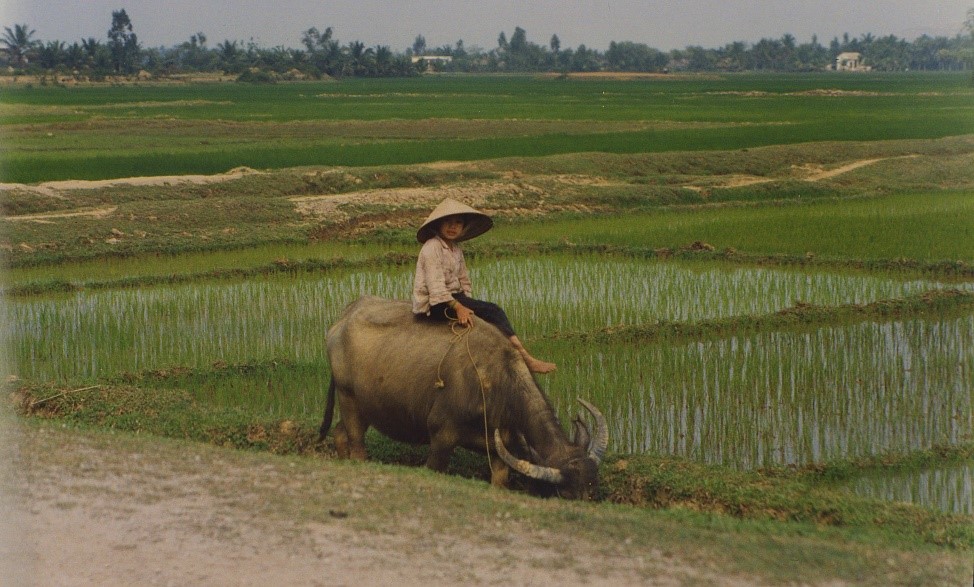Last year, our esteemed board member and lifelong advocate for global causes Nancy Kelly retired from her career in public service. From participating in the Peace Corps, to helping to form Health Volunteers Overseas, to serving on our board and the boards of other international nonprofits like Humanity & Inclusion, Nancy has dedicated her career to solving complex problems on a global scale.
Recently, Nancy has had the chance to reflect on some of the lessons she’s learned from her 40-year career and review some of the photos she captured along the way. Two lessons in particular stand out in her mind: the importance of education and responsible volunteerism. Below, Nancy dives into what she’s learned so that everyone from nonprofit leaders to everyday donors can be more thoughtful, impactful global stewards.
I recently retired after many years of getting up every day with a long to-do list running through my mind as the Executive Director of Health Volunteers Overseas. What an amazing shift to a life with no morning alarm, no seemingly endless lists of people to call, memos to complete, and proposals to review.
Several people have suggested that this change of pace might give me the opportunity to reflect on lessons learned over the years and perhaps to share these thoughts. Life looks a lot more haphazard when you are in the midst of living it, but as I look back over the various parts of my life, I see more patterns and a set of underlying, unifying principles than I realized at the time.
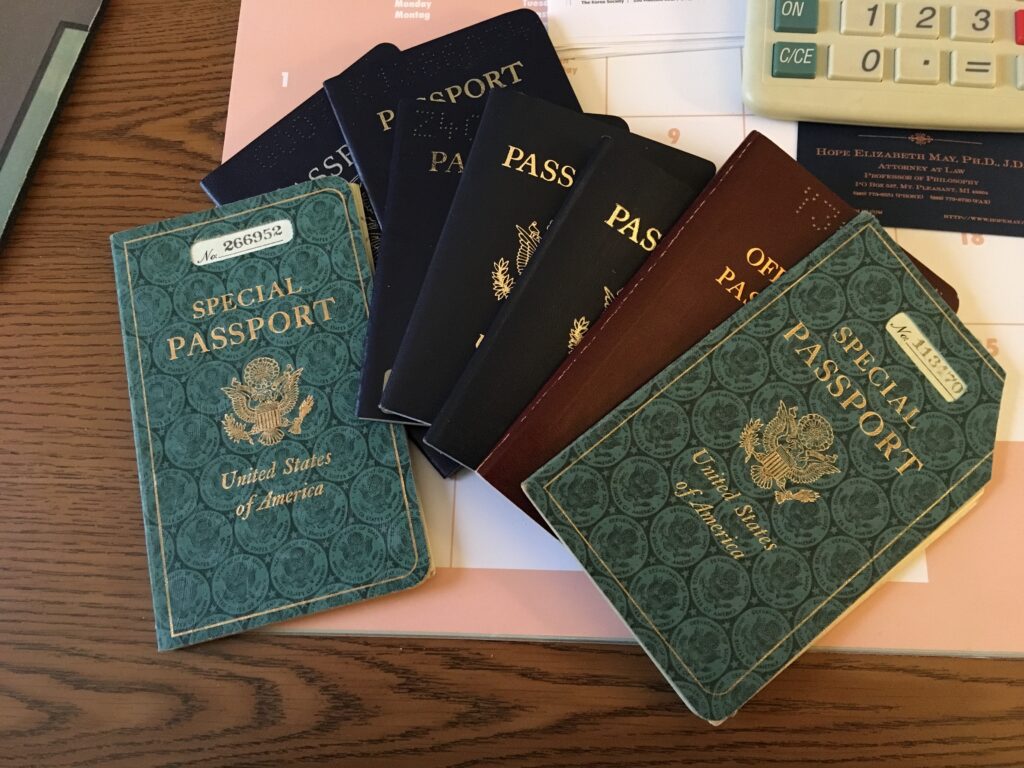
Education: the building block of any humanitarian work
One theme that jumps out is the importance of education. My father always said education is the one gift no one can take away from you. Money, food, and supplies can all be used, eaten, and lost; education will ensure you can read, write, and learn new skills for the rest of your life.
I joined the Peace Corps after college — the fulfillment of a plan I hatched in middle school. I loved the idea of the Peace Corps when I was young and was rather devastated to find that the term of service was only two years. When you are 14, however, that seems like a long time, so I went ahead with the planning. In 1979 I returned to Korea (I had lived there in 1966-1967) to start my service, after 12 weeks of training in-country, as a maternal child health volunteer in a rural delivery clinic. Talk about being in over your head — my Asian history studies from college were of no use as I navigated learning about prenatal care, delivery, and post-partum care in Korean. I learned a lot and learned it quickly.
What I did not realize, however, was how fortunate I was. One of my main activities was patient education, working with the pregnant women in this rural part of Korea where the days were long and the work was physically demanding. But almost every woman I met, young or old, could read — not a situation Peace Corps volunteers in other parts of the world typically encountered. Korea has a long and proud history of education; the creation of their alphabet, Hangul, in 1443 is celebrated as a national holiday.
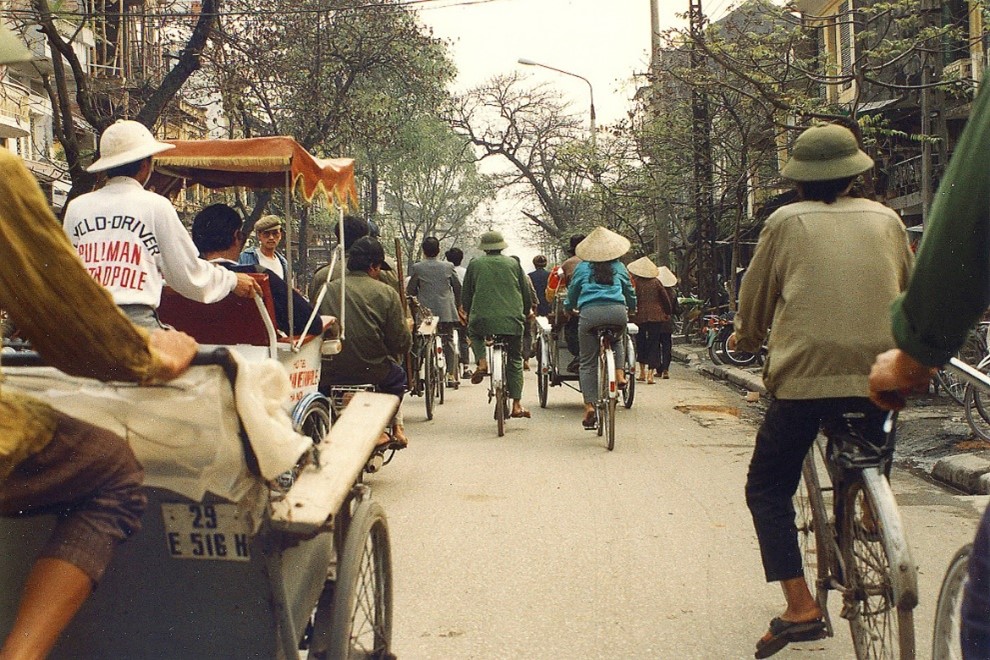
The high rate of literacy meant that we could create and use health education materials to share with the women who came to our delivery center. These materials could be more sophisticated than simple pictures of healthy foods. At the end of a visit, we could give the patient a reminder about the date and time of her next appointment and could even send her a reminder postcard via the local mail.
Several years later when I was in graduate school, one of my professors, who had spent 20 years in Bangladesh as a physician, made a comment that really crystallized for me the singular importance of education. She said that if she had the 20 years to do over again, she would spend all her time teaching the mothers how to read, giving them the tools to access information that would help them in caring for their children, for themselves, and for others. This theme of education became the driving force in my professional career.
Volunteerism: good intentions are not enough
Volunteering may not be a uniquely American characteristic, but we do have abundant opportunities to volunteer no matter our age or background, thanks to our well-developed civil society structure. Many people write off volunteers as well-intentioned, but ultimately of little value. That is unfair to the volunteer, as well as short-sighted. However, harnessing that energy and commitment in a productive manner is quite a challenge because, as it turns out, “anything we can do to help is better than nothing,” is not accurate. You CAN make the problem worse.

These two strands, volunteerism and education, came together in an opportunity that presented itself to me in the mid-1980s: to serve as the first executive director for a new NGO, Health Volunteers Overseas (HVO). Modeled on work supported by CARE-Medico in the 1960s and 1970s, the organization’s emphasis was on education and utilizing short-term medical volunteers.
We all know that education is a two-way street — Peace Corps volunteers are famous for saying that they learned as much as they taught. This is a common refrain with HVO volunteers as well and reflects the fundamental partnership that underlies a successful education program. Defining and implementing the elements of a fair partnership became one of our primary goals at HVO. April Pinner, the current Executive Director at HVO, and I published an article examining lessons learned at HVO over the years.
The challenge at HVO was to integrate these elements — education, volunteerism, and partnership — into a coherent whole that would allow us to make a positive contribution in one of the areas of greatest need in global health: building the capacity of health workers. I knew we had to keep this at the forefront of all of our work because over the years I have seen many examples of good intentions gone awry.
Perhaps the most common examples are seen after catastrophes. Two examples that come to mind are the December 2004 Indian Ocean earthquake and tsunami, which left an estimated 227,000 dead, and the January 2010 earthquake in Haiti which claimed an estimated 220,000 lives and injured over 300,000.
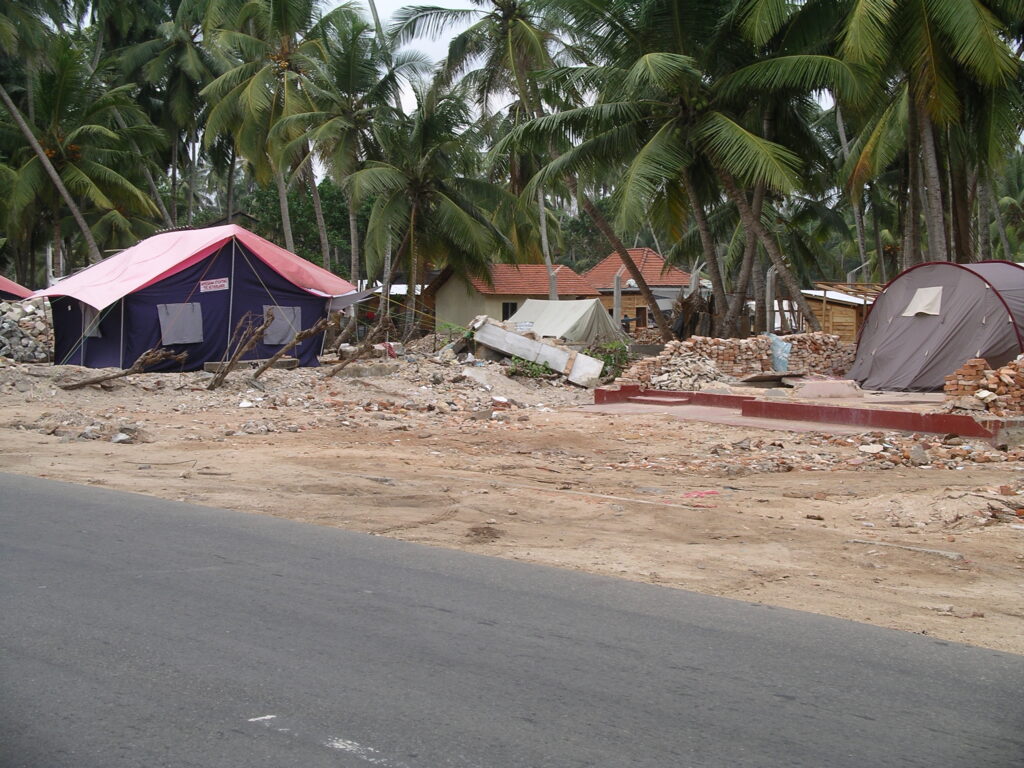
The images of devastation and the sheer size of these disasters shocked people around the world and many leapt into action, full of good intentions but ultimately making the situation worse. I was in Sri Lanka after the tsunami, on a long-planned assessment trip, and quickly realized that everyone we met thought we were there because of the tsunami. The tone of the conversations always changed when I made it clear that we had planned this trip long before that event. We would hear stories about all the useless items that had been shipped to Sri Lanka by well-meaning individuals and organizations and often were taken to see rooms filled with useless items. Shipments were still arriving, and we were asked to let people know that these items were not needed.
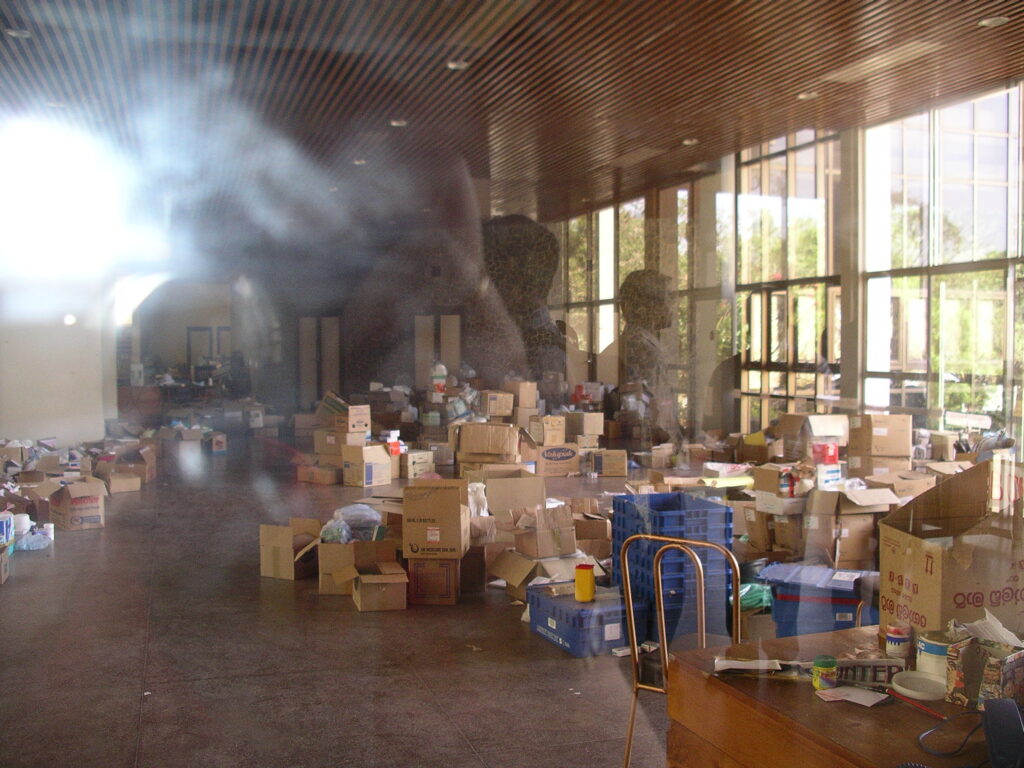
The same story is true for Haiti as well and countless other disaster settings. One of the most distressing aspects of stories that emerged from the Haiti earthquake was of the unqualified people who showed up claiming to be surgeons or prosthetists/orthotists and offering to help. It is impossible to know the scale of the damage they inflicted all in the name of helping.
But it is not just individuals who are guilty of meaning well but performing questionable actions. Organizations, large and small, are also guilty of not planning systematically and not thinking through consequences. A recurring example includes the building of hospitals and clinics without long-term plans for staffing and maintenance. Another frequent example is the procurement of equipment that cannot be supported locally; it requires too much power or is not compatible with the local infrastructure.
We learned this lesson at HVO many years ago when we procured an autoclave for our orthopedic project in Uganda. Despite researching which autoclave would be best suited to the department’s needs and the building’s capacity, we nonetheless found ourselves the proud owners of an autoclave that sat unused for several years. We saw firsthand the problems associated with merging a highly sophisticated piece of equipment into a facility which could not provide adequate and consistent supplies of both water and electricity. When finally commissioned, its maintenance was a recurring problem. As I look back on this, I wonder how we could have made such a classic blunder. A case of wishful thinking… and a lesson learned.
We all want the world to be a better place than when we found it. But as donors, nonprofit leaders, volunteers, and global citizens, we have the responsibility to learn from the lessons of those who came before us and the communities in which we serve. And the world needs it; global hunger is on the rise for the first time in years, climate change is displacing millions, and natural and man-made disasters are increasing, meaning the need is more urgent than ever. We can form a brighter tomorrow if we focus on long-term, lasting change, like through lifelong education and responsible volunteerism. With the right preparation and focus, we can ensure our aid will lead to a domino effect of positive outcomes for years to come.

